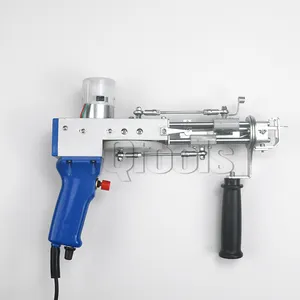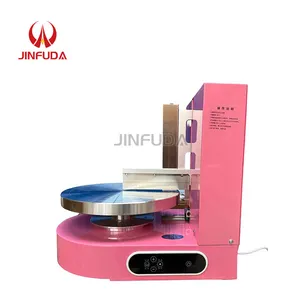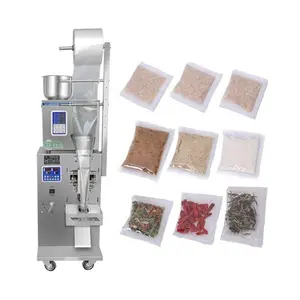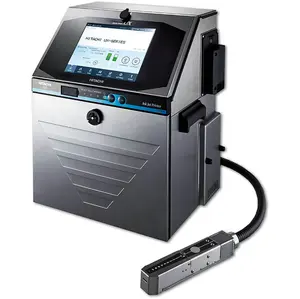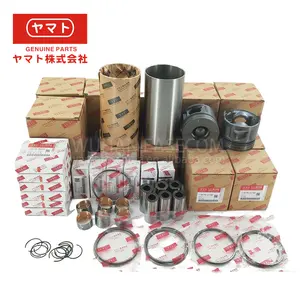Popular in your industry







































































Related Searches:




























































































































Top categories
About cold glue press
A cold glue press, commonly known as cold press glue, is a specialized piece of equipment used in woodworking and carpentry to apply pressure and adhesives to veneers, laminates, and other thin materials. This machine plays a crucial role in ensuring the structural integrity and longevity of various woodworking projects, ranging from furniture making to cabinetry. In essence, it is a device that uses a combination of pressure and adhesive materials to bond thin layers of wood, plastic, or other materials together, creating a strong, durable, and seamless composite structure. In the realm of woodworking, the cold glue press is a staple for professionals and hobbyists alike, providing a reliable and efficient solution for bonding and laminating thin materials to create a wide range of products.
Benefits of Using a Cold Glue Press
One of the primary benefits of using a cold glue press is its ability to create strong and durable bonds between various materials. The pressure exerted by the machine ensures that the adhesive is evenly distributed, resulting in a solid and long-lasting bond. This is particularly important in woodworking applications where the strength of the bond is crucial for the structural integrity of the final product. Additionally, cold press glues, including titebond cold press veneer glue, provide a more uniform and consistent application of the adhesive, minimizing the risk of voids or weak spots in the bond. This level of precision is essential, especially in projects that require a seamless and smooth finish. Furthermore, cold glue presses offer versatility in terms of the materials that can be bonded. They are not limited to a specific type of adhesive, allowing for customization based on the specific requirements of the project. This flexibility makes the cold glue press a valuable tool in the woodworking industry, where a variety of adhesives, such as better bond x-press veneer glue, are used to achieve different aesthetic and functional goals. Moreover, the user-friendly nature of these machines and the consistent results they deliver make them an asset for both seasoned professionals and those new to the craft. The ability to control pressure and fine-tune the application process with a cold glue press, like veneer glue Titebond, contributes to its reputation as a reliable and efficient tool in the woodworking arsenal.
How Cold Glue Press Works
The cold glue press operates by applying pressure to the adhesive and material assembly at room temperature. Operators lay out the materials to be bonded, such as veneers or laminates, and apply a specific adhesive, which might be the cold press glue, titebond veneer glue, or other specialized adhesives. The materials are then placed in the press, and pressure is exerted evenly across the entire surface. This pressure ensures that the adhesive is spread uniformly between the materials, creating a strong and seamless bond. The absence of heat in the process is key to preventing any premature curing of the adhesive, allowing for precise adjustments before the bond is fully set. The length of time the materials spend in the press can vary based on the specific adhesive and material being used. Once the adhesive has cured and the bond is established, the materials can be removed from the press, revealing a securely bonded composite structure. This process, combined with the adhesive's properties, contributes to the cold glue press's ability to create reliable and durable bonds suitable for a wide range of woodworking applications.
Applications of Cold Glue Press
One of the primary applications of the cold glue press is in the manufacturing of furniture. The ability to bond thin veneers to create decorative surfaces, curved shapes, or intricate patterns is a common practice in the furniture industry. This application not only enhances the aesthetic appeal of furniture but also contributes to its structural integrity. Cabinets and countertops are also commonly produced using a cold glue press. In cabinetry, the machine is used to bond thin laminates or veneers to provide a durable and decorative finish. Similarly, in countertop manufacturing, the press helps create a strong bond between laminate surfaces and the substrate, ensuring a long-lasting and visually appealing product. In the architectural and interior design industries, the cold glue press is instrumental in creating custom millwork, such as wall paneling, doors, and moldings. The ability to laminate different materials allows for the production of decorative and functional elements that meet specific design requirements. The cold glue press is also widely used in the production of musical instruments. From guitars to pianos, the machine is employed to bond thin veneers of wood, enhancing the instruments' aesthetic appeal and contributing to their acoustic properties. This application highlights the machine's role in achieving both structural strength and artistic craftsmanship. The versatility and precision of the cold glue press find further applications in the automotive and aerospace industries. In these sectors, the machine is utilized to bond composite materials and create lightweight yet durable components for vehicles and aircraft. The cold glue press is a crucial tool in the manufacturing process of laminated beams and panels. By bonding multiple layers of wood or engineered wood products, such as plywood and laminated veneer lumber, the machine helps create structural elements with enhanced strength and load-bearing capabilities. This application is common in the construction industry for projects that require robust and dimensionally stable materials, such as in the fabrication of beams for residential and commercial buildings.
